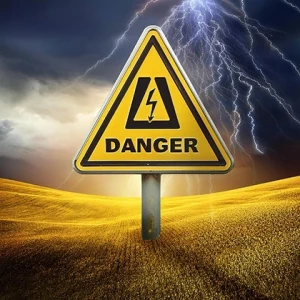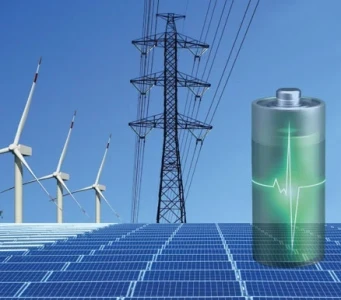Students in the U.S. and Canada Grapple with Climate Change and Political Tensions

In both the United States and Canada, students are at the forefront of the climate crisis, confronting not only the real-world impacts of environmental degradation but also the political tensions that surround the necessary changes to address it. The rising challenges of climate change have sparked a growing movement among young people, as they advocate for decisive action from governments, corporations, and society as a whole. But in addition to the environmental and scientific realities of the crisis, many students are navigating the complexities of political division and inaction that complicate progress.
Climate Change and Its Real-World Impact
For students across North America, the effects of climate change are becoming increasingly tangible. From wildfires in the western U.S. and Canada to unprecedented heatwaves and storms, young people are witnessing firsthand the devastating impact of global warming. In cities like Los Angeles and Vancouver, students are dealing with dangerous levels of air pollution during wildfire seasons, while in the southern U.S., hurricanes have intensified, displacing thousands of families and leaving entire communities struggling to rebuild.
Beyond the extreme weather events, students are also witnessing disruptions in ecosystems, from the melting of glaciers to declining biodiversity. These ecological changes are reshaping the environments in which young people grow up, influencing their futures and sparking a sense of urgency that has driven many to engage in climate activism.
The Role of Political Polarization
While the scientific consensus on climate change is clear, the political landscape surrounding climate action is much more divided. In both the U.S. and Canada, climate change has become a contentious issue, with partisan divides often determining the approach to addressing it. For many students, navigating the political landscape of climate change is just as difficult as dealing with its real-world consequences.
In the U.S., the divide between those who acknowledge the urgency of the climate crisis and those who downplay it has only grown wider. On one hand, there are groups pushing for bold policy reforms such as the Green New Deal, carbon pricing, and ambitious renewable energy initiatives. On the other hand, there are political factions, particularly on the right, that either deny the severity of climate change or argue that addressing it should not come at the expense of economic growth or energy independence. This political polarization leaves students feeling frustrated and disillusioned, as they push for action in an environment where policy debates seem gridlocked and progress slow.
In Canada, while the overall political environment is somewhat more receptive to climate action, regional disparities still exist. In provinces like Alberta, where oil sands are a major economic driver, climate policies that threaten fossil fuel industries are met with strong opposition. This often puts students in a difficult position, as they advocate for more stringent environmental policies in the face of economic interests and regional political resistance.
The Emergence of Climate Activism
In response to these challenges, students have become some of the most vocal advocates for change. The youth-led Fridays for Future movement, started by Swedish activist Greta Thunberg, has inspired millions of young people around the world to participate in climate strikes and protests. In both the U.S. and Canada, students have joined these efforts, organizing protests, lobbying government officials, and raising awareness about the climate crisis.
In Canada, organizations like Climate Strike Canada have played a pivotal role in mobilizing students to take to the streets in protest of government inaction. These young activists have been instrumental in urging the Canadian government to adopt stronger climate policies and move away from fossil fuel dependency.
Meanwhile, in the U.S., groups like the Sunrise Movement and Youth Climate Strikes have rallied around calls for policies such as the Green New Deal and the immediate cessation of new fossil fuel extraction projects. These student-led movements have become a powerful force in pushing for systemic change, demanding that climate action be treated as a matter of justice, equity, and urgency.
Balancing Optimism with Realism
Despite the political obstacles, many students remain hopeful. The awareness raised by climate activists has led to a growing recognition among politicians, business leaders, and the public of the need for climate action. Some governments, like that of Canada, have introduced carbon pricing and made commitments to net-zero emissions. In the U.S., President Joe Biden has reversed many of the Trump-era environmental policies, rejoining the Paris Agreement and pursuing clean energy initiatives.
But for students, the question remains: will these efforts be enough? While they recognize that the political tide is slowly shifting, many worry that the pace of change is too slow to avert the worst consequences of climate change. The lack of a cohesive, unified global approach to the crisis leaves many feeling uncertain about the future.
Moving Forward
As the next generation continues to grapple with climate change and political division, the path forward remains unclear. Students are taking action in unprecedented ways, using their voices, creativity, and activism to push for solutions. However, they face an uphill battle in convincing political leaders to act swiftly and decisively.
Ultimately, whether in the U.S. or Canada, the power of youth-led movements is undeniable. As students continue to demand change, their energy and resilience are shaping the conversation around climate action. They may face significant political and societal barriers, but their determination is forcing the world to confront the climate crisis head-on, ensuring that the issue remains a top priority for generations to come.







